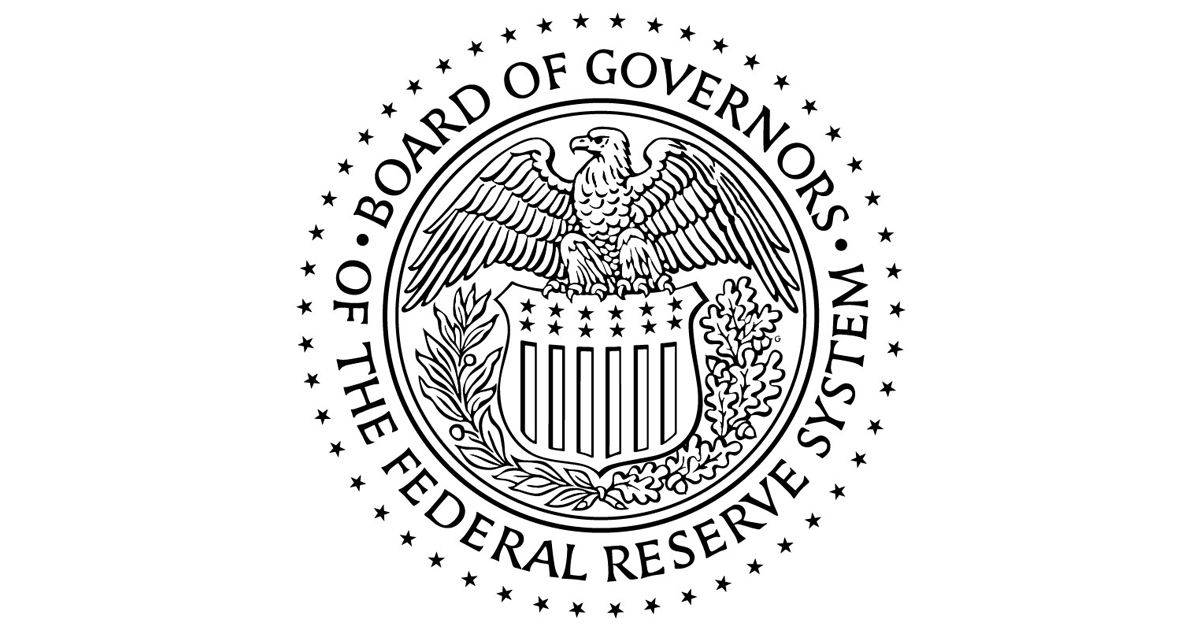Chairman Brown, Ranking Member Scott, and other members of the Committee, I appreciate the opportunity to present the Federal Reserve’s semiannual balance sheet. Monetary Policy Report.
The Federal Reserve remains fully focused on our dual mandate to promote maximum employment and stable prices for the benefit of the American people. Over the past two years, the economy has made significant progress toward the Federal Reserve’s 2 percent inflation target, and labor market conditions have cooled but remain strong. Reflecting these developments, the risks to achieving our employment and inflation goals are becoming more balanced.
Before discussing monetary policy, I will discuss the current economic situation.
Current economic situation and outlook
Recent indicators suggest that the U.S. economy continues to grow at a robust pace. Gross domestic product growth appears to have moderated in the first half of this year after impressive strength in the second half of last year. However, private domestic demand remains robust, with slower but still solid increases in consumer spending. We have also seen moderate growth in capital expenditures and a rebound in residential investment this year. Improving supply conditions have supported resilient demand and the strong performance of the U.S. economy over the past year.
In the labor market, a broad range of indicators suggest that conditions have returned roughly to where they were on the eve of the pandemic: strong, but not overheated. The unemployment rate has risen, but was still at a low 4.1 percent in June. Job growth averaged 222,000 jobs per month in the first half of the year. The strong job growth of the past few years has been accompanied by an increase in the supply of workers, reflecting rising labor force participation among people aged 25 to 54 and a strong pace of immigration. As a result, the gap between jobs and workers has narrowed significantly from its peak and is now slightly above its 2019 level. Nominal wage growth has moderated over the past year. The strong labor market has helped narrow long-standing employment and earnings gaps across demographic groups.1
Inflation has moderated significantly in recent years but remains above the Committee’s long-term 2 percent target. Overall personal consumption expenditures (PCE) prices rose 2.6 percent in the 12 months through May. Core PCE prices, which exclude the volatile food and energy categories, also rose 2.6 percent. After a lack of progress toward our 2 percent inflation target early this year, the most recent monthly readings show modest further progress. Longer-term inflation expectations appear to remain well anchored, as evidenced by a wide range of surveys of households, businesses, and forecasters, as well as by financial market readings.
monetary policy
Our monetary policy actions are guided by our dual mandate to promote maximum employment and stable prices for the American people. In support of these goals, the Committee has maintained the target range for the federal funds rate at 5-1/4 to 5-1/2 percent since July of last year, after tightening the monetary policy stance significantly over the past year and a half. We have also continued to reduce our securities holdings. At our May meeting, we decided to slow the pace of balance sheet reduction beginning in June, consistent with previously disclosed plans. Our restrictive monetary policy stance helps to better balance supply and demand conditions and to exert downward pressure on inflation.
The Committee has stated that we do not expect it to be appropriate to reduce the target range for the federal funds rate until we have gained greater confidence that inflation is moving sustainably toward 2 percent. Incoming data for the first quarter of this year did not support this greater confidence. However, the most recent inflation data have shown modest further progress, and more good data would strengthen our confidence that inflation is moving sustainably toward 2 percent.
We continue to make decisions, meeting after meeting. We know that reducing policy restrictions too early or too much could slow or even reverse the progress we have seen on inflation. At the same time, given the progress made over the past two years in reducing inflation and cooling the labor market, high inflation is not the only risk we face. Reducing policy restrictions too late or too little could unnecessarily weaken economic activity and employment. In considering adjustments to the target range for the federal funds rate, the Committee will continue its practice of carefully assessing incoming data and their implications for the changing outlook, the balance of risks, and the appropriate path for monetary policy.
Congress has entrusted the Federal Reserve with the operational independence necessary to take a long-term perspective in pursuing our dual mandate of maximum employment and stable prices. We remain committed to reducing inflation to our 2 percent goal and keeping longer-term inflation expectations well anchored. Restoring price stability is essential to achieving maximum employment and stable prices over the long term. Our success in achieving these goals matters to all Americans.
I will close by emphasizing that we understand that our actions impact communities, families, and businesses across the country. Everything we do is in service of our public mission.
Thank you. I will be happy to answer your questions.
1. A box in our newest Monetary Policy Report“Employment and Earnings Across Demographic Groups” discusses differences in labor market outcomes across population groups. Back to text
